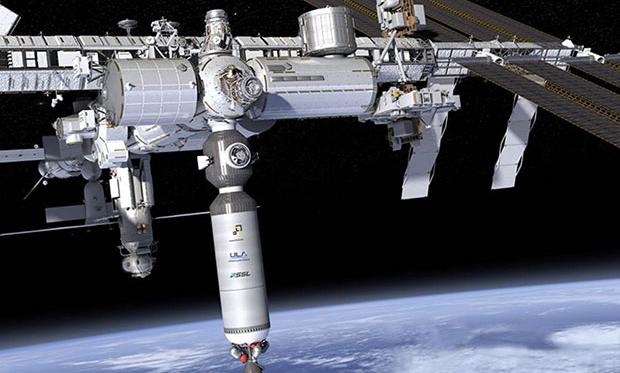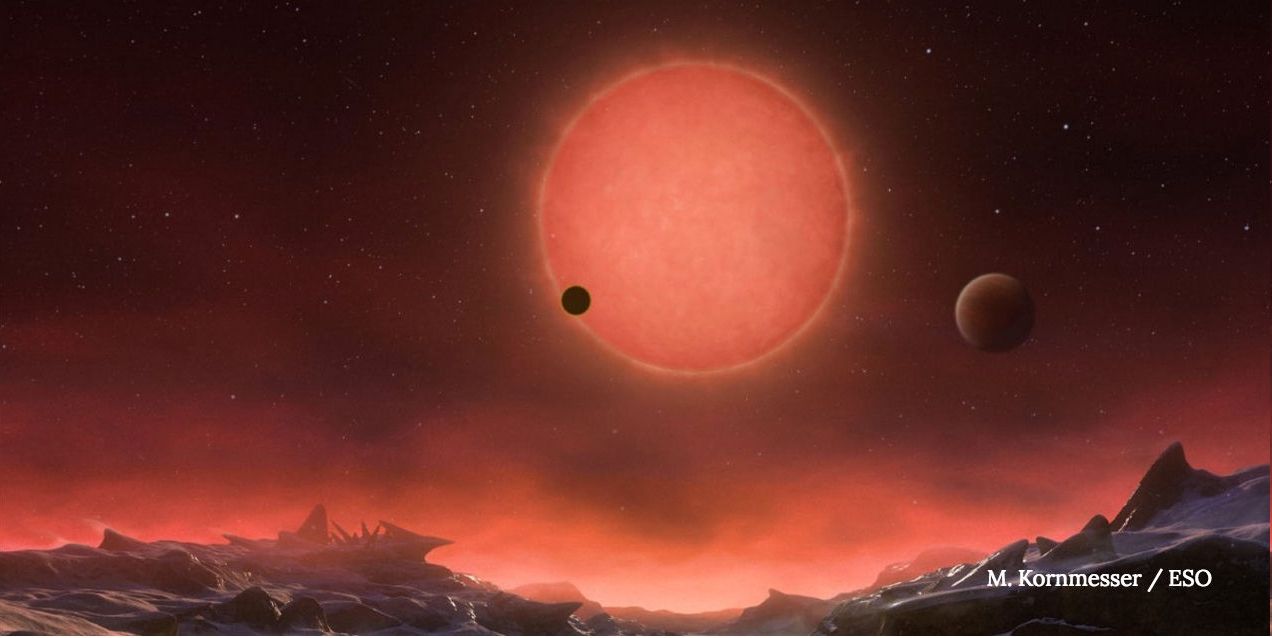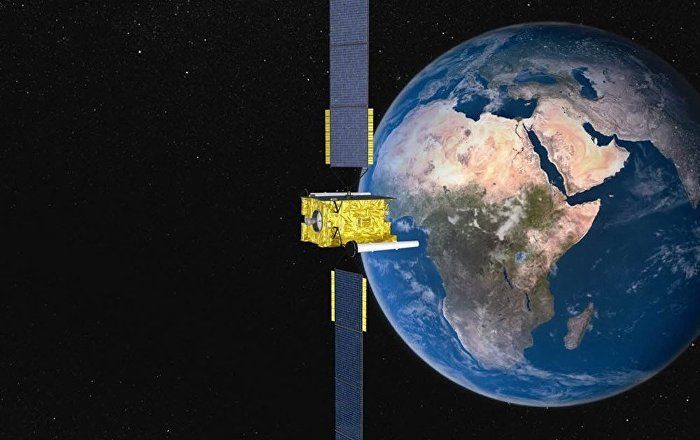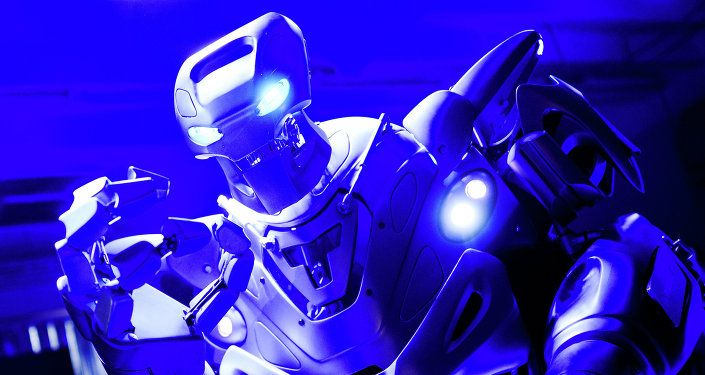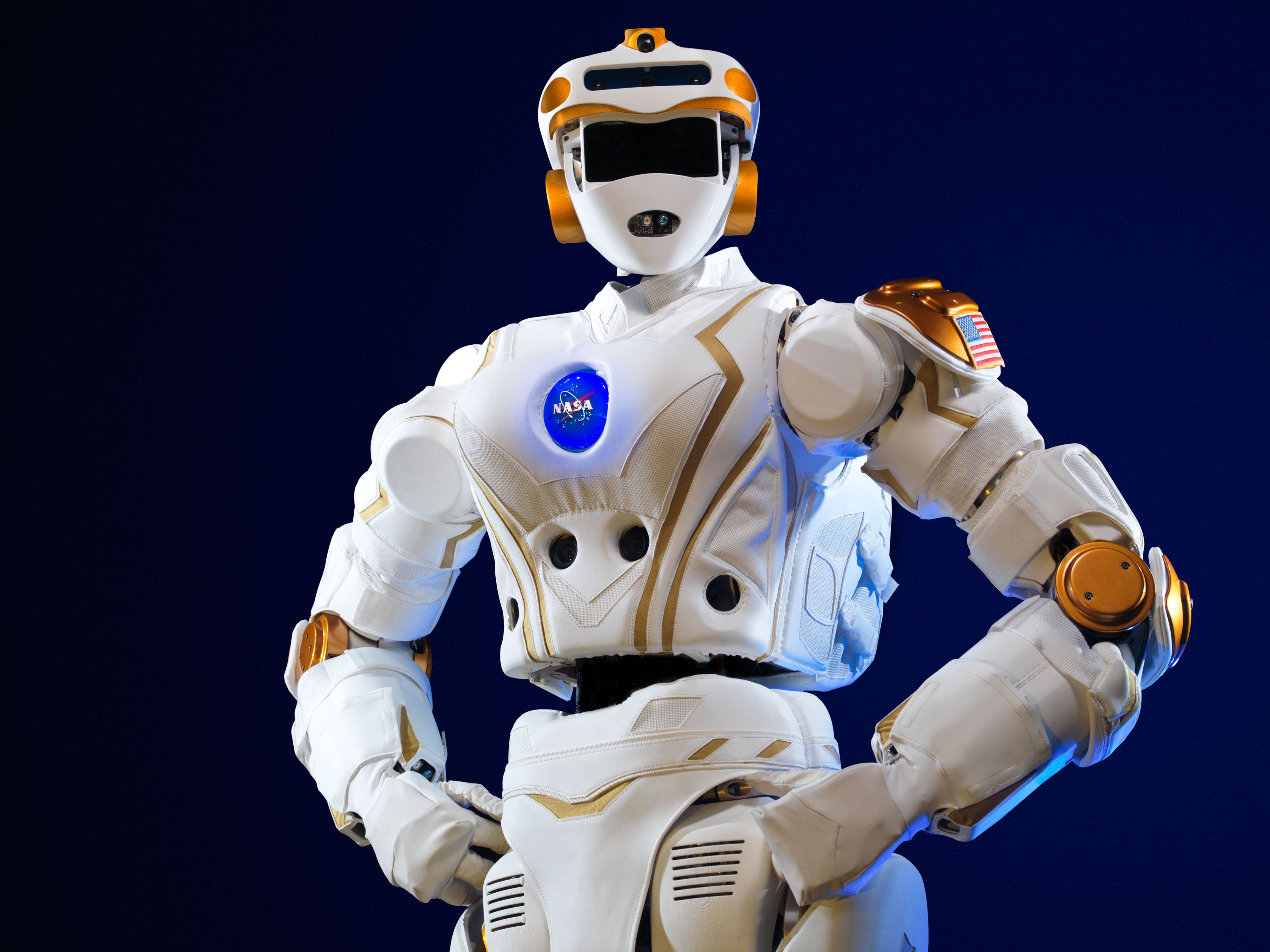# Venus # Oxygen – Venus’ ‘Twin Planet’ Could Still Have Oxygen, Scientists Say : Nine months ago, astronomers announced that they were able to discover a planet that is said to be a twin to Venus. Today, it seems that a new study raises the possibility of the said planet to have oxygen in its atmosphere – don’t mistake it for the next livable planet though – it is said to have hellish temperatures, which automatically rules out the possibility of life.
Dubbed the GJ 1132b, IFL Science noted that it is larger than Earth in size and mass. Temperature-wise, it is considerably hot at 120 to 320 degrees Celsius, but it is still considered cooler than most of the rocky planets previously detected.
The GJ 1132b orbits around 2.2 million kilometers from its star, about 1.5 percent of the Earth-Sun distance. Its parental star, the GJ 1132, is a red dwarf planet just a fifth of the sun’s mass, but is more exposed to light than the earth. While undoubtedly hot, wide estimates of its temperature show that it could reflect a Venus-style runaway greenhouse effect.
